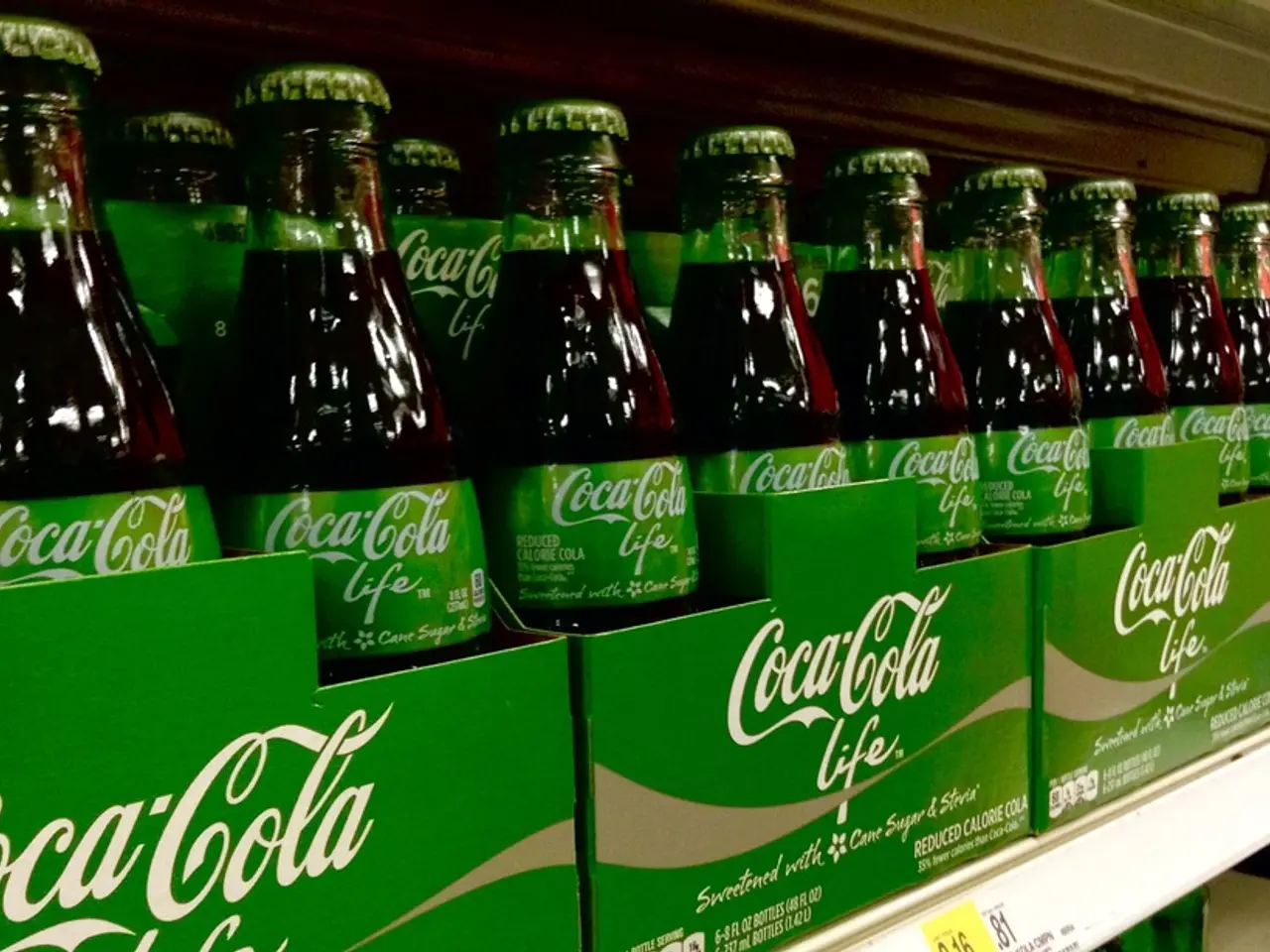Looming Material Issue Poses Challenge for Green Hydrogen Supporters
In the pursuit of a greener future, green hydrogen is being hailed as a potential solution for decarbonizing hard-to-abate sectors. The production of green hydrogen involves splitting water into hydrogen and oxygen using renewable electricity. However, the machines used for this process, known as electrolysers, are not without their own challenges.
There are four main types of electrolysers: alkaline, PEM (Proton Exchange Membrane), AEM (Anion Exchange Membrane), and SOEC (Solid Oxide Electrolysis Cell). While each has its own merits, it is the PEM electrolysers that currently hold the largest market share due to their flexibility with renewable energy.
However, the reliance on PEM electrolysers presents a significant challenge. These electrolysers require large amounts of Platinum Group Metals (PGMs), crucial for electrolysis technologies. The main producers of these metals, including platinum and iridium, are primarily South Africa and Russia for platinum, and South Africa is also a significant source of iridium, with smaller global production from countries like Russia and Canada.
The PGM mining sector in South Africa is highly labour-intensive and has been plagued by regular labour disputes and strikes for years. Furthermore, the benefits of PGM mining are very unevenly spread, with many local communities suffering from severe environmental degradation directly affecting their public health.
Recent evidence suggests that the current preferred PEM electrolyser option is not a sustainable one. The growing demand for PGMs, coupled with the inelastic markets for both platinum and iridium (with iridium prices having increased by a factor of 70 over the past twenty years), raises concerns about the long-term viability of this approach.
To address these concerns, policy makers need to set incentives and push for greater R&D and procurement rules of electrolyser technologies that do not have the same material constraints as PEM systems. AEM electrolysers, for instance, are good with intermittent renewable energy but are not yet available in large quantities. They could be an alternative to PEM systems, but its development is still in its infancy and costs still exceed those of PEM systems.
By setting clear financial incentives for alternatives to PEM electrolysers, policy makers and project developers can avoid the headache of having to deal with exploding prices and depletion of required materials. The International Renewable Energy Agency (IRENA) estimates that current global PGM supplies allow for an annual PEM electrolyser manufacturing capacity of merely 3-7.5GW, falling short of the IEA minimum total installed electrolyser capacity estimation for 2030 of 134GW.
As the world sets its sights on net zero targets, with 70 countries having set net zero targets covering 76% of global emissions, it is crucial that policy makers consider the material constraints of the technologies they are promoting. By investing in the development and deployment of electrolyser technologies that are less reliant on PGMs, we can ensure a sustainable and equitable path towards a green hydrogen future.
SOEC electrolysers are another option but are at a low technological readiness level. While they offer promise for the future, their current state of development means they are not yet a viable alternative to PEM electrolysers.
In conclusion, the production of green hydrogen is a complex issue with many factors to consider. While PEM electrolysers have a growing market share due to their flexibility with renewable energy, their reliance on PGMs presents a significant challenge. By investing in the development and deployment of electrolyser technologies that are less reliant on PGMs, we can ensure a sustainable and equitable path towards a green hydrogen future.
Read also:
- visionary women of WearCheck spearheading technological advancements and catalyzing transformations
- Recognition of Exceptional Patient Care: Top Staff Honored by Medical Center Board
- A continuous command instructing an entity to halts all actions, repeated numerous times.
- Oxidative Stress in Sperm Abnormalities: Impact of Reactive Oxygen Species (ROS) on Sperm Harm








